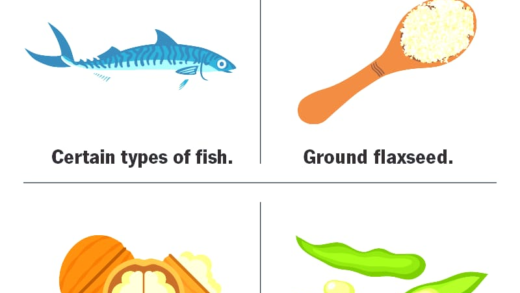Armyworms can severely damage lawns by feeding on grass, leading to brown patches and overall decline in grass health. Early identification and management are crucial. Preventive measures include regular lawn maintenance, proper watering, and encouraging beneficial insects. If infestations occur, treatments range from pesticides to natural remedies. By understanding these strategies, homeowners can protect their lawns effectively.
Identifying Armyworms: What to Look For
Armyworms are notorious pests that can wreak havoc on your lawn if not identified early. Recognizing these pests is crucial for preventing significant damage to your grass. Here’s what you need to know about spotting armyworms in your yard.
First, it’s essential to understand that armyworms are the larvae of moths, specifically the Spodoptera species. They typically measure about 1.5 inches long when fully grown and possess a distinct coloration ranging from green to brown. Their bodies are often marked with stripes and have a characteristic “inchworm” movement, which makes them easier to identify.
To spot armyworms, look for the following signs:
- Grass Damage: Check for areas of grass that appear brown or dead. Armyworms feed on the grass blades, leaving patches that can quickly expand.
- Presence of Larvae: Inspect your lawn during the evening or early morning. Look under leaves or in the grass for the larvae themselves.
- Frass: This term refers to the droppings of the caterpillars, which can be found scattered on the lawn. It looks like small, dark pellets.
- Adult Moths: If you see small moths flying in your yard, it might indicate that armyworm larvae are nearby.
Monitoring your lawn regularly can help you catch armyworms early. If you notice any signs of infestation, immediate action is necessary to mitigate damage. Remember, prevention is always better than cure.
Damage Caused by Armyworms: Why They Matter
Armyworms can cause extensive damage to your lawn, making their identification and management crucial for healthy grass. These pests primarily feed on grass blades, leading to visible signs of distress in your lawn.
The damage caused by armyworms can manifest in several ways:
- Brown Patches: As armyworms consume grass, they create irregular patches that may turn brown and die. This can result in a patchy lawn, affecting its aesthetic appeal and health.
- Rapid Damage Spread: A small group of armyworms can quickly multiply, leading to widespread damage in a short period. This rapid feeding can destroy large sections of your lawn within days.
- Stress on Grass: The feeding habits of armyworms weaken the grass, making it more susceptible to diseases and other pests. This stress can lead to long-term health issues for your lawn.
- Impact on Plant Life: Armyworms don’t only affect grass. They can also damage ornamental plants and flower beds, leading to a decrease in overall garden health.
Understanding the impact of armyworms is essential for effective lawn care. By recognizing the signs of armyworm damage early, you can take preventive measures to protect your lawn. Regular monitoring and prompt action can save you from extensive repairs and costly treatments.
Preventing and Treating Armyworm Infestations
Armyworms can create havoc in your lawn, but understanding how to prevent and treat these infestations is key to maintaining a healthy yard. Effective strategies can significantly reduce the risk of armyworm problems and protect your investment in your lawn.
First and foremost, prevention is your best defense against armyworms. Here are some effective strategies:
- Regular Lawn Maintenance: Keep your lawn healthy by mowing regularly and maintaining the recommended height for your grass type. This practice discourages armyworm infestation.
- Proper Watering: Avoid overwatering your lawn, as this creates a suitable environment for armyworms. Water in the early morning to allow grass to dry during the day.
- Encourage Beneficial Insects: Natural predators like birds and parasitic wasps can help control armyworm populations. Planting flowers that attract these beneficial insects can be a great strategy.
- Monitoring and Early Detection: Regularly inspect your lawn for early signs of armyworm activity, such as grass discoloration or the presence of larvae. The sooner you detect an infestation, the easier it will be to manage.
When it comes to treatment, there are several options available:
- Pesticides: If you find a significant infestation, insecticides can be effective. Look for products labeled specifically for armyworms. Always follow the manufacturer’s instructions for application.
- Natural Remedies: Consider using natural treatments such as neem oil or insecticidal soap, which can be less harmful to beneficial insects and the environment.
- Beneficial Nematodes: These microscopic worms can be applied to the soil and will attack armyworm larvae, providing a biological control option.
- Handpicking: If the infestation is small, handpicking the larvae can be an effective way to control their numbers without resorting to chemicals.
In summary, combining prevention tactics with effective treatment options can help you manage armyworm infestations in your lawn. Staying vigilant and proactive will protect your grass from these pesky invaders.





Comments are closed.